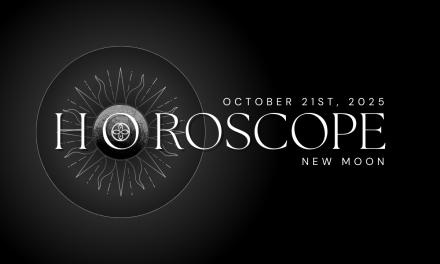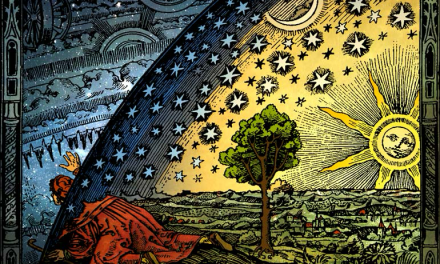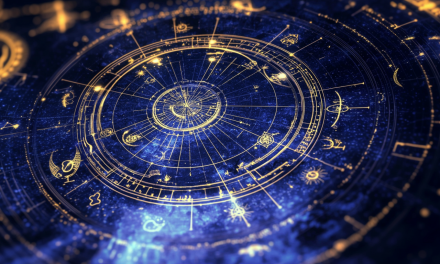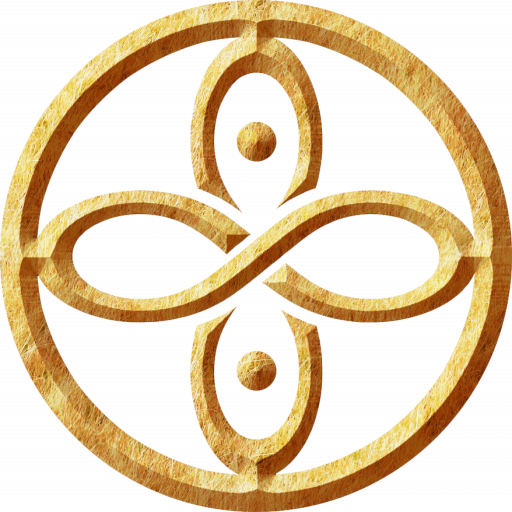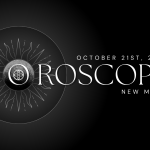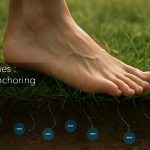When you’re somewhat familiar with traditional astrology, you’ve undoubtedly heard of the usual planets: the Sun, the Moon, Mercury, Venus, Mars, Jupiter, Saturn, Uranus, Neptune, and Pluto. Sometimes you’ve also come across terms like “Ascendant” or the “North Node” and “South Node.” However, in Uranian Astrology, other lesser-known elements are taken into account, such as the “Midheaven” or the “Aries Point.” But most notably, one of the unique and exotic features of this astrology—among other original aspects—is the use of what are known as “Transneptunian Factors,” also called “Transneptunian Planets,” or simply “TNPs” in astrological jargon.
These “planets”—eight in total—are exclusive to Uranian Astrology (also called “symmetry astrology,” or originally, “Hamburg School astrology”). It’s not surprising, then, to encounter individuals who question their very existence. So let’s be clear: all evidence suggests these “planets” aren’t actually planets in the traditional sense, but rather gravitational vortices located in the Kuiper Belt—the distant edge of our solar system where Pluto also resides. For convenience, we call them “planets,” just as we refer to the Moon (a satellite) and the Sun (a star) as such.
Here are the planets:
a b c d e f g h
In order from closest to farthest from us, we have Cupido, Hades, Zeus, Kronos, Apollon, Admetos, Vulcanus, and Poseidon. Some of these names can be confusing. Among these Greek-named bodies, four share names with Roman counterparts already known in the solar system: Hades with Pluto, Zeus with Jupiter, Kronos with Saturn, and Poseidon with Neptune. But these are not the same. These Uranian planets are entirely different from their Latin namesakes, and it’s important to keep them distinct.
a
Cupido is the planet of couples, marriage, family—but also of groups, society, and associations. It represents all that “fuses” or attracts, like a magnet or gravity that holds things together. Unlike Venus, however, it doesn’t represent love specifically—just grouping and bonding.
b
Hades is the planet of death, disease, filth, neglect—but also of the past, of what once was and is no longer, of what is hidden or lost, and in some cases, of the occult. Unlike Pluto, which represents transformation or evolution, Hades refers to things that no longer exist.
c
Zeus is the planet of war, weapons, explosions, mechanics, engines, and industry—but also of creativity. Unlike Jupiter, which represents luck, joy, and wealth, Zeus is often involved in drama, fires, attacks—but also in procreation, as it’s linked to gametes (sperm and egg cells).
d
Kronos is the planet of everything high, elevated, or superior (in contrast to Hades, which represents the low, small, or inferior). Whereas Saturn—its Roman counterpart—represents cuts, injuries, old age, or burdens, Kronos represents administration, authority, leadership, politics, governments, autonomy, and bosses.
e
Apollon is a marvelous planet that multiplies what it touches and opens all horizons. It makes one curious, eager for knowledge, practice, and experience. It is linked to commerce, science, and specialization. For instance, astrology is symbolized by the combination of Apollon and Uranus. Someone with their Midheaven at Apollon/Uranus will have clear predispositions for astrology (a little nod here to my friend Angélique, a professional astrologer, for whom this is the case).
f
Admetos is the planet of solid, material, concrete, hard, tangible things. It relates to physical possessions, but also to solid elements in the body (bones, teeth, cartilage…). This planet can indicate cycles, stillness, cold, or death.
g
Vulcanus is a unique planet whose influence is to amplify the power of any planet it contacts. With Mercury, you chat. With Mercury and Vulcanus, you become talkative. With Venus, you’re in love. With Venus and Vulcanus, you’re passionate. This planet has been closely linked to Apollon over the past 30 years, contributing to the rapid development of science, industry, and commerce—fueling the growth so beloved by political lobbyists…
h
Finally, at the far edge of the solar system lies the most elusive planet: Poseidon. Unlike Neptune, which is associated with dissolution, confusion, fog, or weakness, Poseidon is the planet of spirituality, higher knowledge, morality, ideals, and paradigms, even if it could have some influence related to the Sean, ocean and water/fluids.
These planets are incredible tools for deepening the interpretation of a birth chart.
*Please don’t confuse “Kronos” with “Chronos.” This mistake—frequently made by astrologers who have wrongly associated Saturn (its Roman name) with time—is the result of a clear misunderstanding of both Greek mythology and its language. In Greek, Kronos refers to the Titan of Titans, while Khronos refers to a primordial deity, predating the Titans, associated with time. They have nothing to do with one another—and perhaps it’s finally… about time to stop confusing them!


